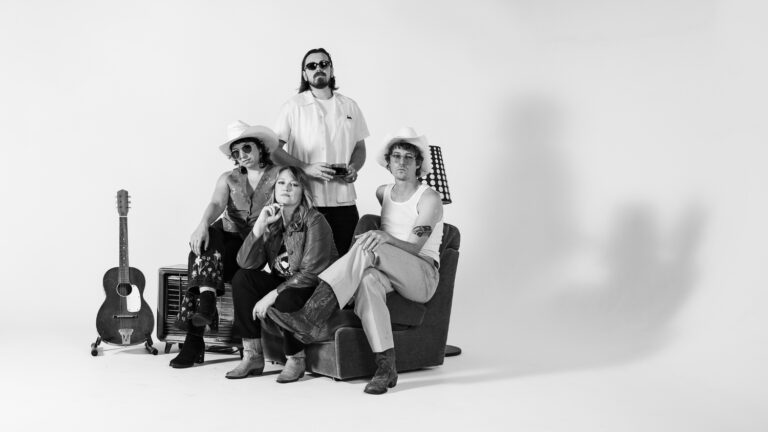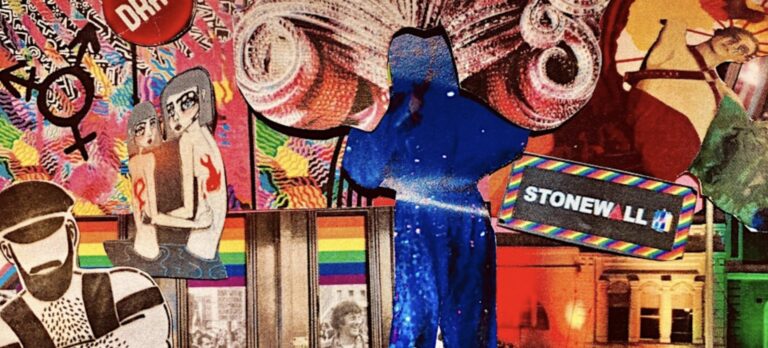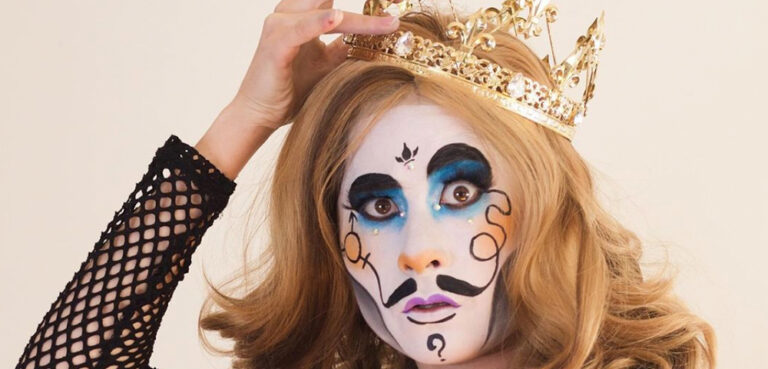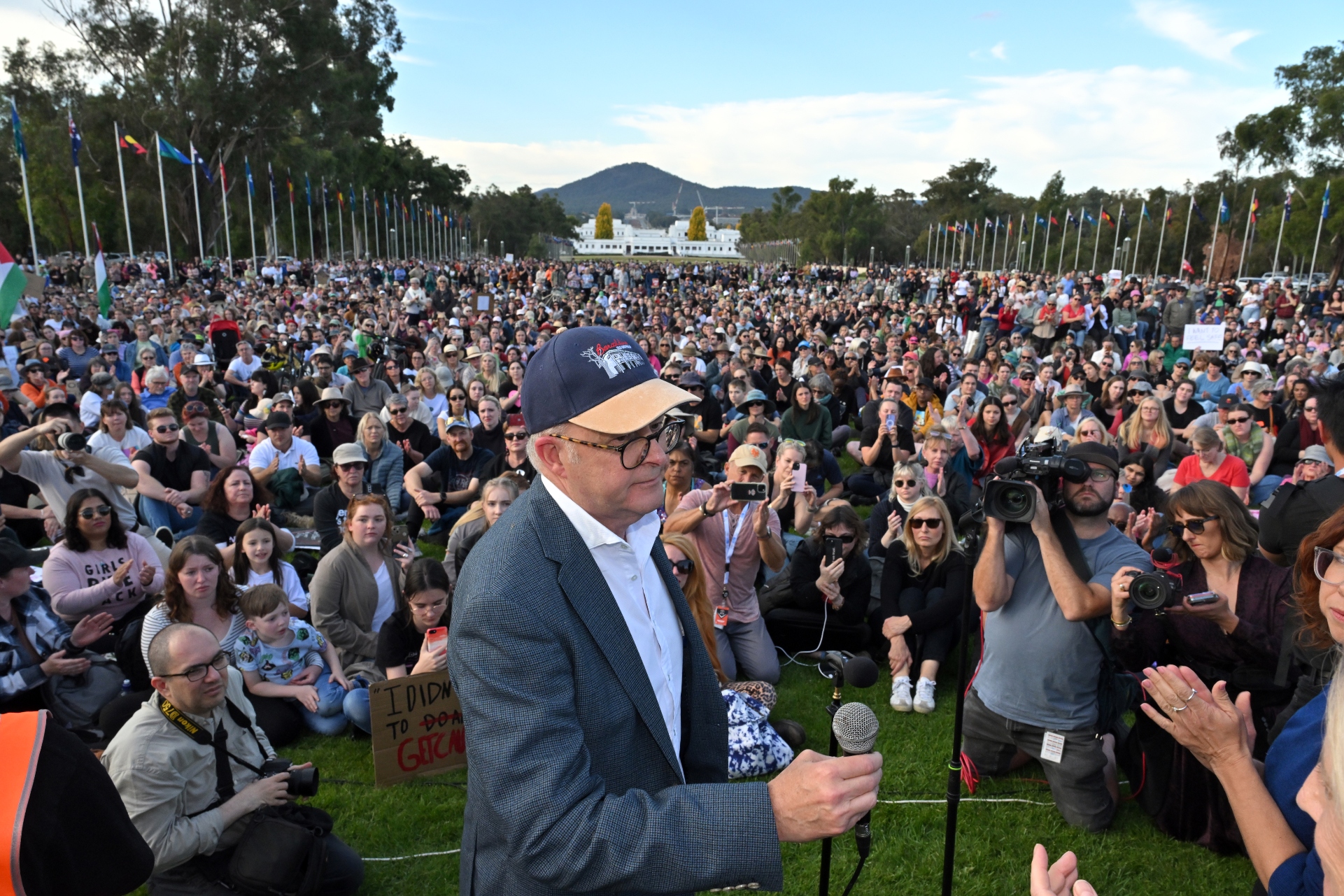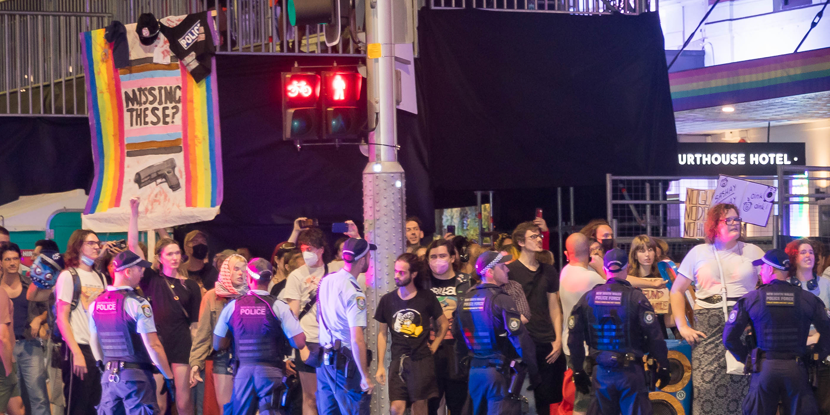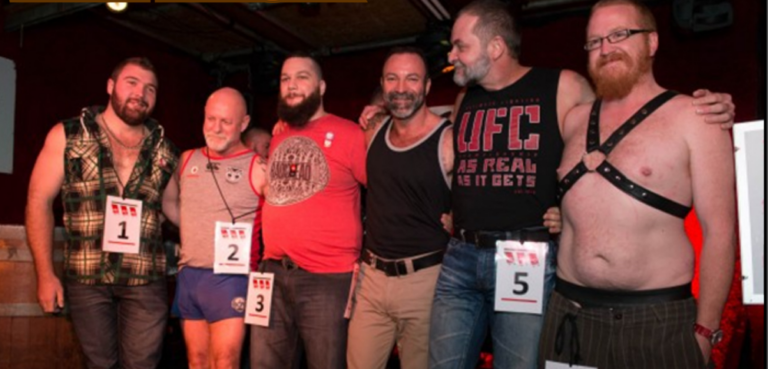
Subsiding style mile
Oxford Street is the homosexual heart of our largest city, Sydney. Mardi Gras has paraded down it, gay clubs and shops have sprung up along it, and it’s seen as a metaphor for Sydney’s (visible) gay community.
Yet over the past decade it’s gone from vibrant gay space to faded glory, with high retail vacancies and growing indifference in the gay community.
The changes reflect both gay culture and wider socio-economic processes. Exciting research opportunities are emerging for geographers, social researchers and urban planners. It must be asked: Has the Golden Mile tarnished?
Oxford Street started to emerge as gay space from the 1960s, with gay bars, caf?and sex shops migrating from nearby Kings Cross. Until the early 1990s, Darlinghurst and Paddington (which Oxford Street cuts through) were run-down victims of manufacturing employment shifting out of the city centre. However, they were cheap and densely populated, mostly by non-conservative people, attracting many gay residents.
The Oxford Street precinct thus established itself as gay space. Gay men (and a few women) could be visibly homosexual there, and established their own territorial political base.
In 1978, the gay community grabbed the nation’s attention by marching down Oxford Street, a brave political act which claimed it as gay space. In the 1980s and 90s, the street’s role as a gay political, cultural and leisure precinct grew.
Homosexuals from suburban and country areas migrated there, escaping the intolerance of home and finding a supportive, exciting community to come out into. The unfortunate AIDS crisis consolidated the gay community in the area.
It was not so much a ghetto, but a self-made enclave offering flamboyant lifestyles and safety in numbers. The hegemony of heterosexuality found elsewhere in the city had been visibly transgressed with active difference. Gay culture emerged, expressed through leisure, fashion, nightlife and sex.
In the past several years, however, things have changed. Mainstream retail chains and fashion boutiques flocked to Oxford Street from the mid-1990s. Gentrification, which first emerged in Australia in 1960s Paddington, picked up speed.
The move towards skilled inner-city service jobs in Sydney boosted demand for housing in the area. Run-down dwellings that were renovated by gay men became popular with families and young (often straight) professionals. Prices were bid up, and Oxford Street became less affordable for gay residents and shops. Commercialism took over.
Then, in 2003, the Sydney property market stagnated, slowing retail growth. In 2004, Westfield Bondi Junction opened, sending Oxford Street into a tailspin. Current vacancy rates on the strip have been estimated at 20 percent, with rising reports of crime and a declining street life.
There is also evidence of a shrinking homosexual population in the area. Some new gay clubs have opened recently, but many more have closed. Oxford Street, it seems, is in decline.
Wider social changes have also occurred. Popular culture now embraces gay, with many movies and television shows featuring gay characters and themes. Metrosexuality is popular. Children are growing up without having witnessed strong homophobia; many older kids have gay friends, and some younger ones even have gay parents.
Gay is being seen as an acceptable sexual and lifestyle preference, with the institutional barriers once constructed against gay men and lesbians gradually, but surely, falling.
The Mardi Gras has gone from outspoken political activism towards being just another commercialised event on the gay party calendar, attracting many heterosexual spectators.
Increasing numbers of straight men and women are also patronising Oxford Street’s gay clubs, considering them a fun night out. Homophobic violence still exists but, overall, society is recognising and accepting gays.
Despite wider community acceptance of ethnical, cultural and sexual differences, and property markets making Oxford Street increasingly expensive, there has been no corresponding emergence of a large, visible and vibrant gay community elsewhere.
Many of the initial political goals have been achieved: legalised gay sex, stronger anti-discrimination laws and local council support. Sydney’s gay community has been a victim of its own success.
Despite (or perhaps because of) these changes, gay lifestyle has lost its appeal to many younger gay people. Mardi Gras funding difficulties in recent years suggest a falling interest in gay political struggles.
Many openly homosexual people feel comfortable living and working in other parts of the Sydney area. The internet has reduced the need for gay services and entertainment to physically locate close together, and transformed the way people meet.
Diversity and individualism are correspondingly becoming more apparent within the gay community. Younger gays are rejecting stereotypes about what their sexuality should entail, instead seeking out more meaningful communities. Which does one choose: gay, student, Asian, Christian -¦ or all of the above?
Clich?ay is still popular, but losing ground to a smorgasbord of other identities. Oxford Street no longer represents gay nirvana, the rite-of-passage once sought by many young gay men.
Conformity (such as the 1980s clones of white shirts, tight jeans and muscular physiques) is going out of fashion. Gay is losing its cultural distinctiveness along with its spatial concentration.
Gay space in Sydney is undergoing a profound transformation. Oxford Street is likely to remain gay in the near future, but other places are attracting more and more gay residents (such as nearby, cheaper, Newtown).
The lifestyle benefits of the inner city (community acceptance, jobs in creative industries, etc.) are likely to remain gay drawcards but, as Sydney grows, even these are being diluted.
The long-term future of gay Oxford Street is unclear. Have a retail market downturn and influx of heterosexual partygoers turned the street straight? Is it being seen as faux bohemia, rife with commercialism and unsatisfying lifestyles? Are these just temporary historical aberrations?
These answers may take years to emerge, yet perhaps gay Sydney’s biggest existential concern has changed from repression to assimilation. In post-industrial cities worldwide, visibly gay communities are fragmenting. Sydney’s gay community must ask the uncomfortable question: Have diversity and acceptance led to decline?
Brad Ruting is a geography student in the School of Geosciences at the University of Sydney. He will be presenting a paper, Is the Golden Mile tarnishing? Urban and social change on Oxford Street, Sydney at the Queer Space: Centres and Peripheries conference at the University of Technology, Sydney, 20-21 February 2007. Feedback to [email protected]
